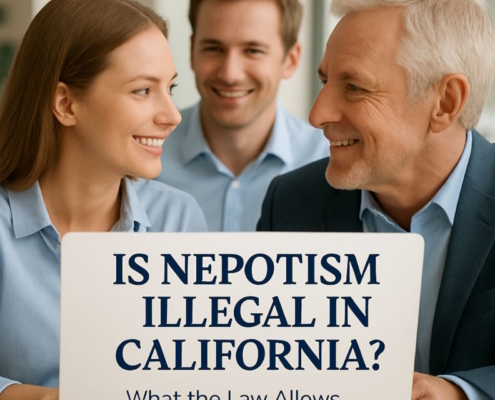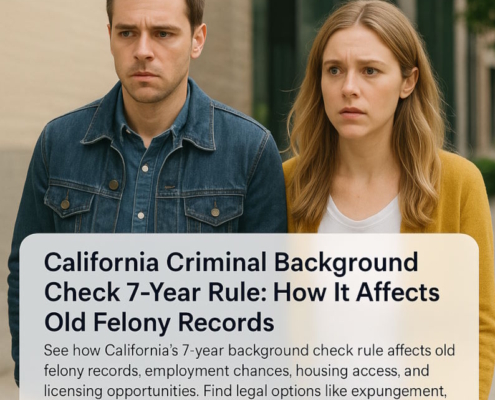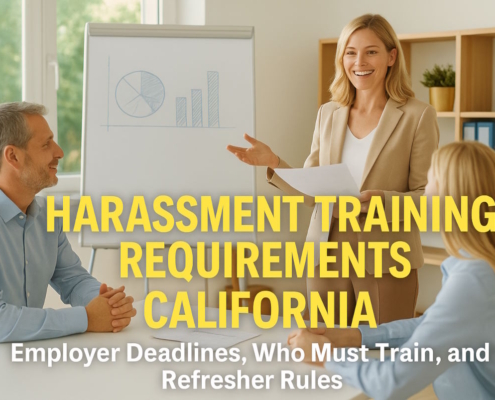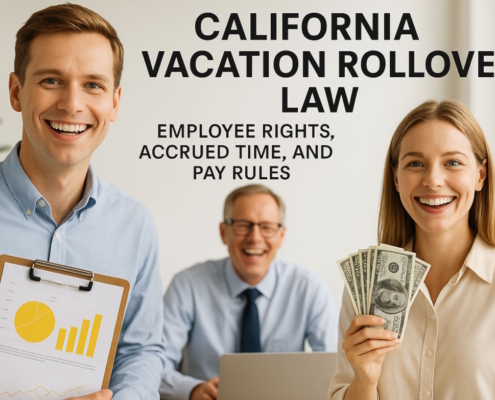How do you create a company handbook?
An employee handbook is a document a company shares with employees to communicate expectations of work and policy and explain benefits. The employee handbook should include a statement that summarizes each policy and procedure.
By Douglas Wade, Attorney
Email | Call (800) 484-4610
Whether a company is made up of twenty employees or five hundred, it has no doubt established workplace procedures, expectations, and policies. Whether these policies and rules are formal or informal, it is vital that employees are aware of and understand them. This way, an employer may run a more productive company and does not risk breaking federal or state employment laws.
At Nakase Wade, we have a low fee for writing a company handbook, starting at $2,500 for employers with less than 30 California employees; $5,000 for employers with greater than 31 California employees.
An employee handbook is a collection of a business’ protocols and policies. It also outlines an employee’s legal duties and rights. A handbook makes it easier for an employer to inform employees of rules and responsibilities. With a handbook for reference, an employee will always know what is expected of them, and what they may expect from their employer.
Also, a well-written employee handbook can protect a company on a legal level in the event someone questions the company’s practices. Let’s say that an employee sues their employer, claiming that a coworker sexually harassed them. The employer can indicate the employee handbook where there is a policy in place concerning anti-harassment.
In this article, our attorney for employers discusses how to create an employee handbook as follows:
What should an employee handbook include?
Just as every company is unique, so is every employee handbook. It would not be wise or practical for one company to simply copy and paste another company’s employee handbook and give it to their employees. A well-written employee handbook addresses a company’s unique policies and rules, and it should be written in a way that reflects the employer’s mission and company culture.
However, most employee handbooks will contain similar information and topics. There are eight common parts of an employee handbook.
- Company mission statement and values
For a company to be successful, its employees should reflect the company’s values, goals, and mission. The employee handbook is a great place to list these aims, so every new employee can review them at the start of employment. An employer merely has to include a short statement that details what matters most to them. This may be included in the handbook’s opening, as an introduction.
- General employment information
A major part of an employee handbook is general information about employment at one’s company, including topics that employees are most concerned about. These include:
- Hiring policies
- Full-time vs. part-time hours
- Payment schedule (and available payment methods)
- Overtime pay
- Performance review procedures
- Leaves of absence
- Meal and rest breaks
- Safety and security procedures
- Termination and resignation procedures
It should be noted that federal and state law, and even local laws, dictate some of this information, including workers’ compensation coverage and overtime pay policies.
- Anti-discrimination and antiharassment laws
A business should be sure to include all the current local, state, and federal laws concerning equal employment opportunity, harassment, and discrimination.
- Standards of conduct
A company will likely have policies concerning on-the-job behavior that goes beyond what the law mandates. These workplace-specific policies may include the following:
- Drug and alcohol policy
- Dress code
- Ethics policies
- Social media policy
- Personal technology use
- Data and customer privacy
- Conflict resolution policy
- Rules about accepting gifts from clients
- Employee benefits
When employees review their employee handbook, they will most frequently check the benefits section. It is probable that the handbook will not get into the specifics of the company’s health insurance plan, for brevity’s sake. However, an employee handbook should cover the basic benefits that an employee receives. To use health insurance as an example, the handbook should address when an employee is eligible for the plan, how many options are offered, what types of plans there are, when the open enrollment period is, and if there is family coverage.
An employer should also review the other benefits the company offers, including:
- Paid time off (PTO) or vacation
- Insurance coverage, including disability and life insurance
- Retirement plans
- Training benefits
- Flexible scheduling, gym memberships, free lunches, and other ‘soft’ benefits
This is not a section to skimp on due to the fact that employees often refer to it. It may work to a company’s advantage to emphasize just how many benefits employees get from working there.
- Confidentiality / conflict of interest / non-disclosure agreement
Companies in competitive industries, such as the tech industry, have trade secrets that they want to protect from competitors. Their concern is that employees may leave to join these competitors and share valuable information. For this reason, some companies want their employees to sign a non-disclosure agreement, or at the bare minimum a conflict of interest policy. These forms are included in the company handbook.
- Disciplinary policies
Employees should understand what they risk by not following laws, policies, and procedures that are laid out in the employee handbook. It may be wise to include a section that states the employees will be held accountable for their behavior and actions. Employees should know that they are being treated fairly.
- Disclaimer
Employees should not regard the employee handbook as a contractual agreement, because if certain procedures and policies are not upheld, they may sue the company. Therefore, it is important to include a disclaimer that says the handbook is not a contract.
How do you create a simple employee handbook?
When an employer is brainstorming what to include in their employee handbook, they may realize that they have not yet formalized their rules and procedures, or that they have to think more about their policies. This is a very common realization, and many small companies do not think carefully about their policies until they are put in writing.
The following are four steps that can help an employer put together a simple employee handbook.
- Lead with values and culture
An employer can open their handbook with a discussion of the company’s mission and culture. It is important for the owner of a business to think about what his or her mission is and how they can create a company culture that motivates employees to do their best work and stay with the company for the long haul.
Because a company’s culture guides its policies, it is sensible to open the handbook with a mission statement that outlines the company’s values.
- Develop policies
After identifying the company values, a business owner should establish policies that employees will appreciate. For example, if a company is intent on hiring younger workers, it should not be too strict. Millennial and Gen-Z workers appreciate flexibility and openness, so now may not be the time to express one’s zero-tolerance policy for work-from-home.
Of course, an employer should be strict about certain policies. For example, if a business owner runs a retail store, it makes sense to require employees to show up on time and wear the company uniform. To balance these requirements, the business owner may consider offering more vacation time or sick days.
- Be aware of relevant laws
Though an employee handbook is not a contract between employer and employee, it creates expectations. This means that an employer must follow local, state, and federal laws when writing certain parts of their employee handbook. For instance, a number of states have ‘leave laws’, which control how employers manage certain kinds of leave, be it jury duty or sick leave. Sometimes, states have specific language they want employers to use to describe these laws to employees. This information should be available on state governments’ websites.
- Study other companies’ employee handbooks
Naturally, it is not appropriate to copy another company’s handbook verbatim, but it can be useful to look at other handbooks for inspiration. There are sample employee handbooks available for viewing on Google.
Have a quick question? We answered nearly 2000 FAQs.
See all blogs: Business | Corporate | Employment
Most recent blogs:
































